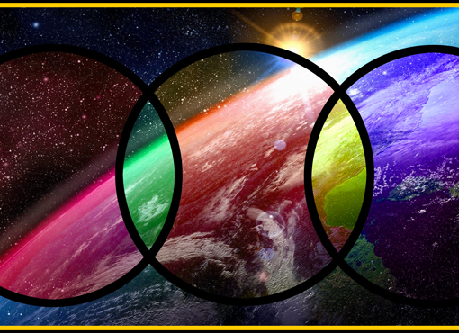Vulkaz-wrami
Having been practiced and perfected for nearly five thousand years, modern Vulkaz-wrami biotech is formidably advanced and difficult to summarize. Its historical root is in the development of a copper-based blood that could endure the Blue Plague, a pathogen that killed victims by targeting their hemoglobin. The solution came in the form of a modified diatom which could be introduced to the bloodstream and coaxed into the role of a blood cell, one that could support and eventually replace all red blood cells in the body – by literally eating them. Some nuclear DNA changes to ensure compatibility with the diatom caused abnormal bone growth and additional deformities comparable to Proteus syndrome and neurofibromatosis, along with alleged neurological changes in the first-generation group.
These problems are now virtually unknown in the modern Vulkaz-wrami, who have had many generations to streamline the changes into forms both functional and aesthetically pleasing (though uncanny to many outsiders). First restoring and improving upon their ability to hold oxygen in the blood, their biotech experts exploited the diatom’s abilities with inorganic chemistry and the creation of silica structures to eventually generate many diatom breeds able to work beyond silica and produce biogenic crystals of rubies, sapphires, diamonds, and others. While originally of artistic interest these superhard crystalline structures could eventually be introduced to living tissue as mechanical reinforcement, yielding the modern Vulkaz-wrami physiology of nigh unbreakable bones and unpierceable skin. It is unknown if their loss of hair was an obligatory change or a cosmetic decision.
Different groups of Vulkaz-wrami underwent some private modification, with extremist eugenicist groups like the Auravelus yielding the most drastic improvements. Modifications to nuclear human DNA eventually restored strength comparable to the chimpanzee whilst retaining fine motor control, and in later years the Vulkaz-wrami have in general been incorporating more animal sequences into their ever-more synthetic genome. Crocodile genes were imported to confer great resistance to disease in the face of Noir bioweaponry, and in the most recent and experimental Vulkaz-wrami science the axolotl’s genetics are being assimilated. While modern Vulkaz-wrami are able to grow banks of universal donor body parts for quick installation the axolotl genome could provide them with the ability of unassisted regeneration of body parts, including entire limbs.
A unique species, the Vulkaz-wrami have been reproductively incompatible with baseline humanity for many centuries – mixed couples interested in children are obligated to adopt. Such pairs are rare however, with one significant difficulty being the profound difference in lifespan – while they might often live past 250 years, Vulkaz-wrami donations to baseline health to produce ‘familiars’ have thus far only allowed baselines with lifespans of up to 160 years. Familiar health is highly dependent on the age of a family’s incorporation into the Unity, with the newest and least modified humans still struggling to reach 100 years of age.
